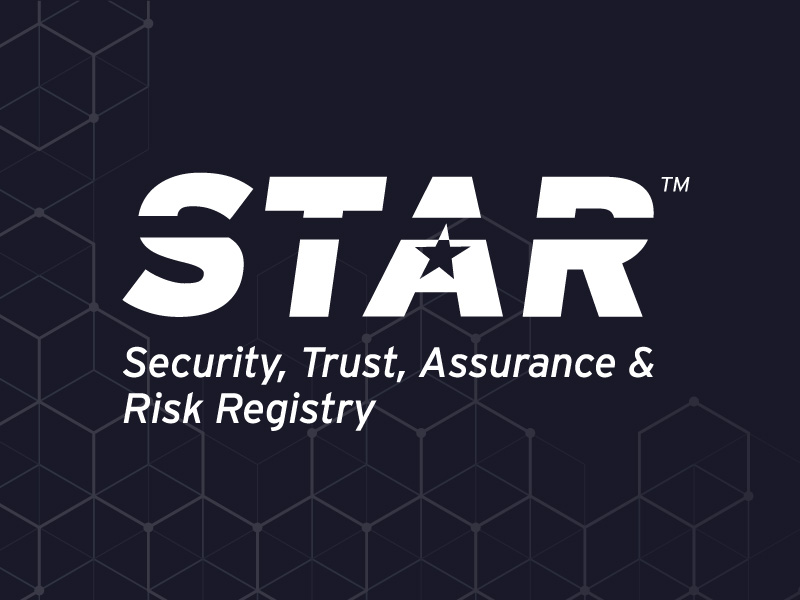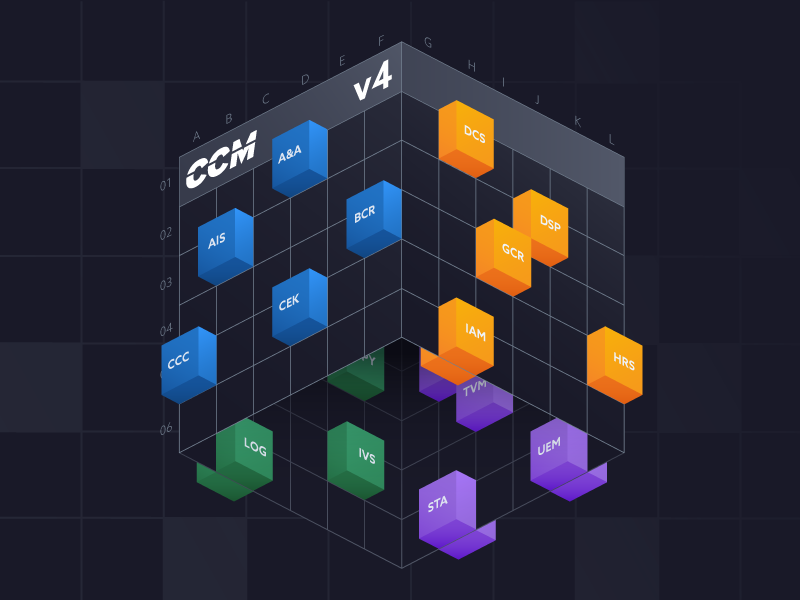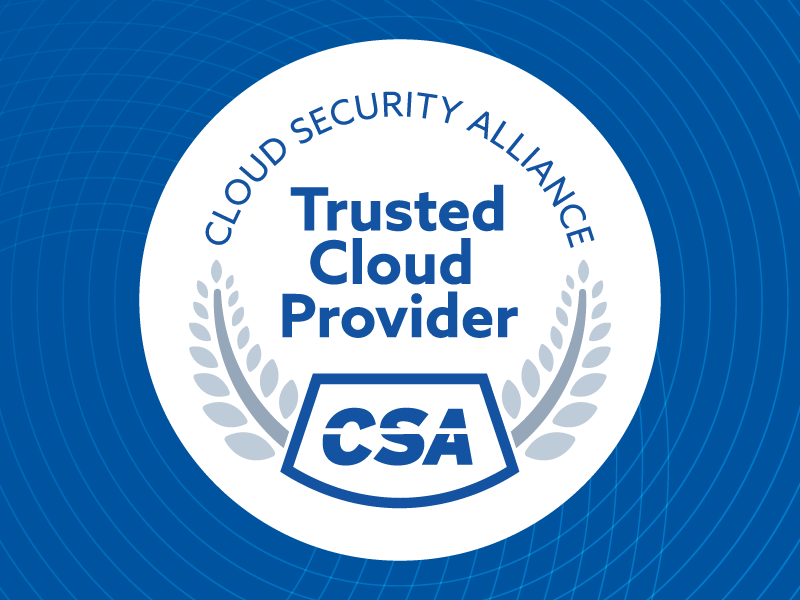Introducing the SaaS Security Capability Framework (SSCF) v1.0: Raising the Bar for SaaS Security
Published 09/24/2025
Why SaaS Security Needs a Rethink
SaaS has changed everything. From collaboration tools to critical business applications, SaaS is now the default way organizations consume technology. But with this massive shift comes a big problem: security hasn’t kept up.
Most Third-Party Risk Management (TPRM) programs focus on a supplier’s overall organizational security (like SOC 2 reports and ISO certifications). What they don’t really assess is the actual security capabilities inside each SaaS application, nor do they guide enterprises towards leveraging those capabilities. That means enterprises end up with hundreds of apps that look compliant on paper but leave real security gaps in practice.
The recent open letter from JPMorgan Chase to its suppliers highlighted exactly this issue. They called out the lack of consistent SaaS security controls and urged the industry to do better. Without a clear baseline, enterprises, SaaS vendors, and security teams are all left trying to fill in the gaps on their own with a lot of duplicated effort and unnecessary risk.
Enter the SSCF v1.0
%20v1.0%20Control%20Framework%20-%20Thumbnail.png) That’s where the SaaS Security Capability Framework (SSCF) v1.0 comes in.
That’s where the SaaS Security Capability Framework (SSCF) v1.0 comes in.
This project was driven by security leaders from MongoDB and GuidePoint Security, who rolled up their sleeves to lead the development effort. Alongside them, the Cloud Security Alliance (CSA) co-led by doing what it does best: bringing industry stakeholders together, applying its deep experience in building standards like the Cloud Controls Matrix (CCM v4), and guiding the work through a structured research lifecycle. CSA made sure SaaS providers, SaaS customers, auditors, and consulting firms all had a voice, so the framework reflects real-world needs.
The result? A practical, customer-facing framework of security capabilities that is ready to be adopted by SaaS vendors, providing consistency in security review and practices for SaaS customers and vendors, helping reduce the potential security risks.
"The SSCF v1.0 tackles a long-standing challenge in SaaS security: the lack of consistent, actionable controls. By focusing on practical solutions that both vendors and customers can implement, this framework bridges the gap between high-level compliance and real-world security needs. At GuidePoint Security, we’re proud to have worked alongside the Cloud Security Alliance and industry peers to create something that simplifies SaaS security for everyone involved," says Jonathan Villa, Senior Cloud Practice Director at GuidePoint Security.
Boris Sieklik, Senior Director, Security Engineering at MongoDB, adds, "The SSCF provides exactly what SaaS customers like us have been missing: a clear, standardized set of configurable controls that make it easier to evaluate, adopt, and securely operate SaaS applications."
Here’s what the SSCF sets out to do:
- For TPRM teams: Provide a consistent baseline to make vendor risk assessments faster and more straightforward.
- For SaaS vendors: Reduce the burden of repetitive questionnaires and differing assessments by aligning responses to a single, widely recognized standard.
- For SaaS security engineers: Deliver a practical checklist to strengthen SaaS adoption and day-to-day security operations.
What’s Inside v1.0
The SSCF v1.0 lays out controls across six key security domains, which are adopted from CSA’s CCM v4:
- Change Control and Configuration Management (CCC)
- Data Security and Privacy Lifecycle Management (DSP)
- Identity and Access Management (IAM)
- Interoperability & Portability (IPY)
- Logging and Monitoring (LOG)
- Security Incident Management, E-Discovery, and Cloud Forensics (SEF)
These domains don’t replace frameworks like SOC 2 or ISO 27001, instead, they translate those high-level requirements into tangible SaaS security features that customers can actually configure and rely on. Think log delivery, SSO enforcement, secure configuration guidelines, and incident notification, all the things customers really need to run SaaS securely day to day.
Why This Matters
At its core, the SSCF is about reducing friction. Enterprises get more consistent security features across their SaaS portfolio and can create consistent implementation baselines across a highly varied SaaS landscape. Vendors know exactly what security controls will be expected. And everyone saves time by moving away from one-off assessments and toward a common baseline.
Most importantly, it builds trust. In a world where SaaS is now mission-critical, that trust is the difference between secure adoption and risky blind spots.
Valence Security’s Co-Founder and CTO, Shlomi Matichin, states, "In a world where the SSCF is widely adopted, organizations will be able to consume SaaS securely, at scale, and without incurred costs on security operations. The importance of the SSCF multiplies with the rapid adoption of agentic AI supercharging SaaS adoption and data movement."
What’s Next
SSCF v1.0 is just the beginning. The next phase of the project is already underway, and it’s focused on turning the framework into something even more actionable:
- Implementation and auditing guidelines to help organizations put the controls into practice and for auditors to know how to effectively assess these controls.
- An assessment and certification scheme that measures how effective those controls really are.
Together, these will help SaaS providers and customers move beyond checklists to real, measurable security improvements.
CSA is proud to have partnered with MongoDB, GuidePoint Security, and a wide community of lead contributors, including Grip Security, Obsidian Security, Valence Security, GitLab, Siemens, Kaufman Rossin, AppOmni, Band of Coders, and others to make SSCF v1.0 a reality. This first version lays the foundation for a more consistent, more secure, and more trusted SaaS ecosystem. And the work doesn’t stop here. The best is yet to come.
Unlock Cloud Security Insights
Subscribe to our newsletter for the latest expert trends and updates
Related Articles:
Why Agentic AI Matters for the Future of Cybersecurity
Published: 01/06/2026
AWS Ends SSE-C Encryption, and a Ransomware Vector
Published: 01/05/2026
Choosing the Right Key Responsibility Model
Published: 01/05/2026
IaC Security in the Age of AI: New Threats, Smarter Solutions
Published: 01/05/2026





.png)
.jpeg)

.jpeg)
.jpeg)